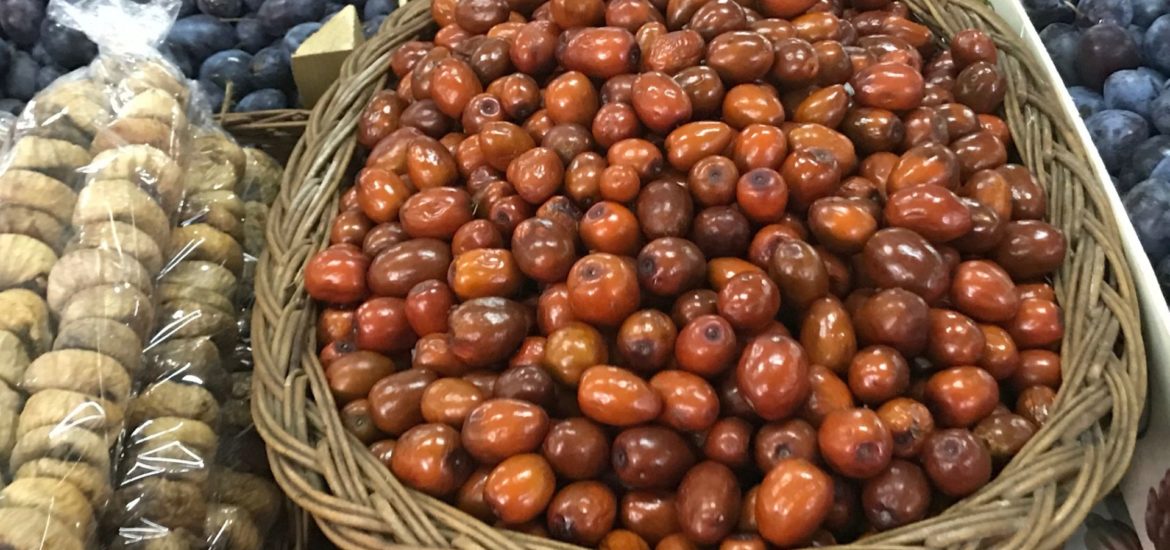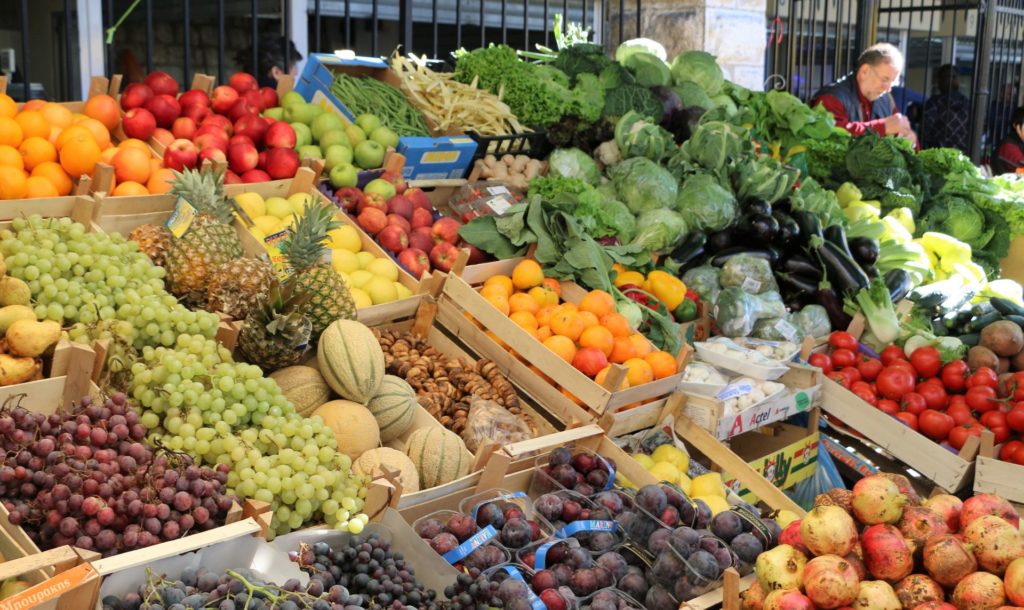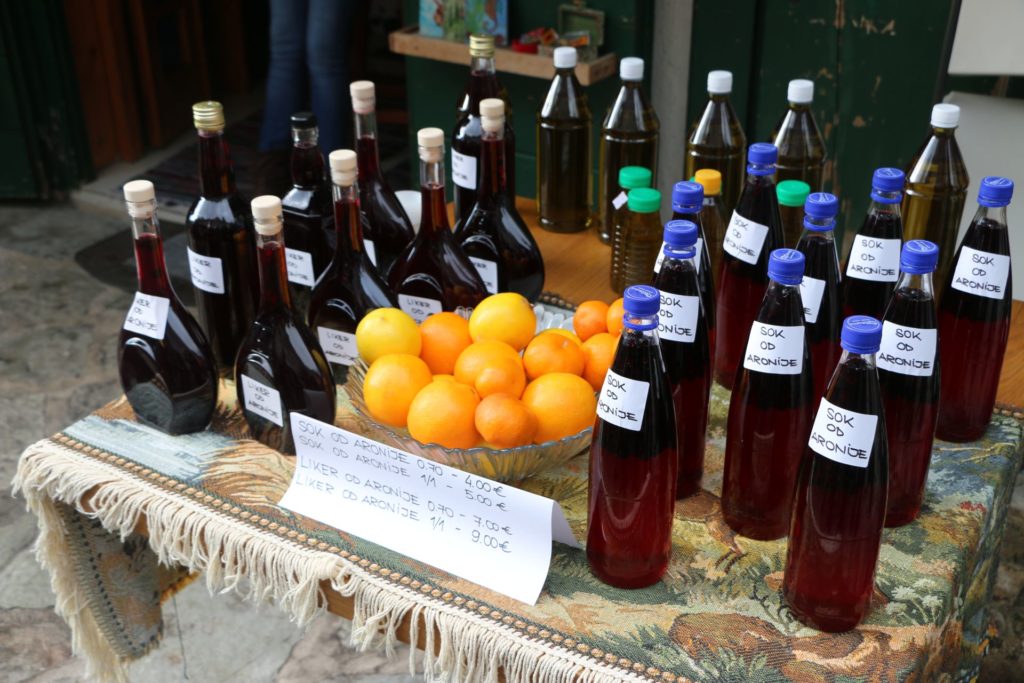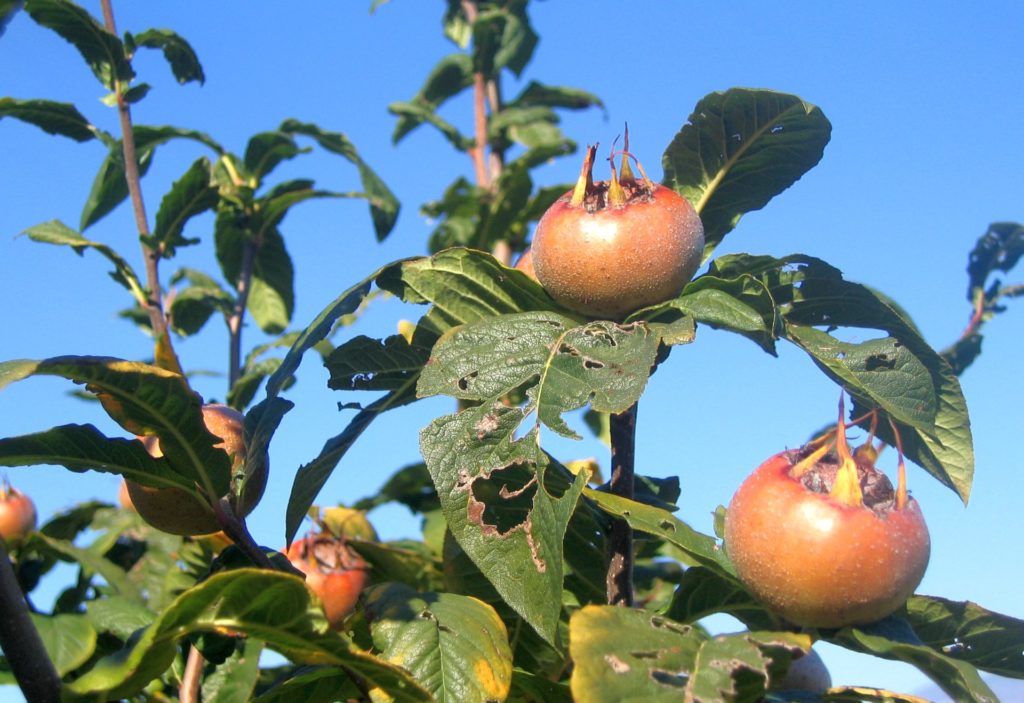Tourists travelling through Montenegro in autumn will often be surprised when they explore the green markets in Kotor and other coastal towns or even in Podgorica. They will see an abundance of vegetables and fruits, although some of them seem strange, exotic or “old-fashioned” to them. Not only crimson pomegranates, orange persimmons, yellow quinces, deep red cornelian cherries and figs of different varieties make part of the picturesque autumn landscape of southern and central Montenegro – there are also some less known fruits that are used in different ways.
Some foreign tourists have already asked me: ‘What are those purple-brown fruits looking like small dates that are sold on the market these days? We were told that they are called ‘iglice’, but we can’t find them on internet!’ Well, ‘iglice’ is the typical Montenegrin name of a fruit that is also called jujube (Latin name: ziziphus jujuba), red date, Chinese date, Korean date or Indian date. In Croatia it is known as ‘žižula’, ‘čičimak’ or ‘kineska datulja’.
Chinese poets spoke about the wonderful jujube in 600 BC. The fruit of the jujube has been used in ancient Chinese medicine for 2500 years. The plants traveled beyond Asia centuries ago and today we can also find them in Madagascar, Bulgaria, northern Africa, southern Europe, the US and the Middle East.
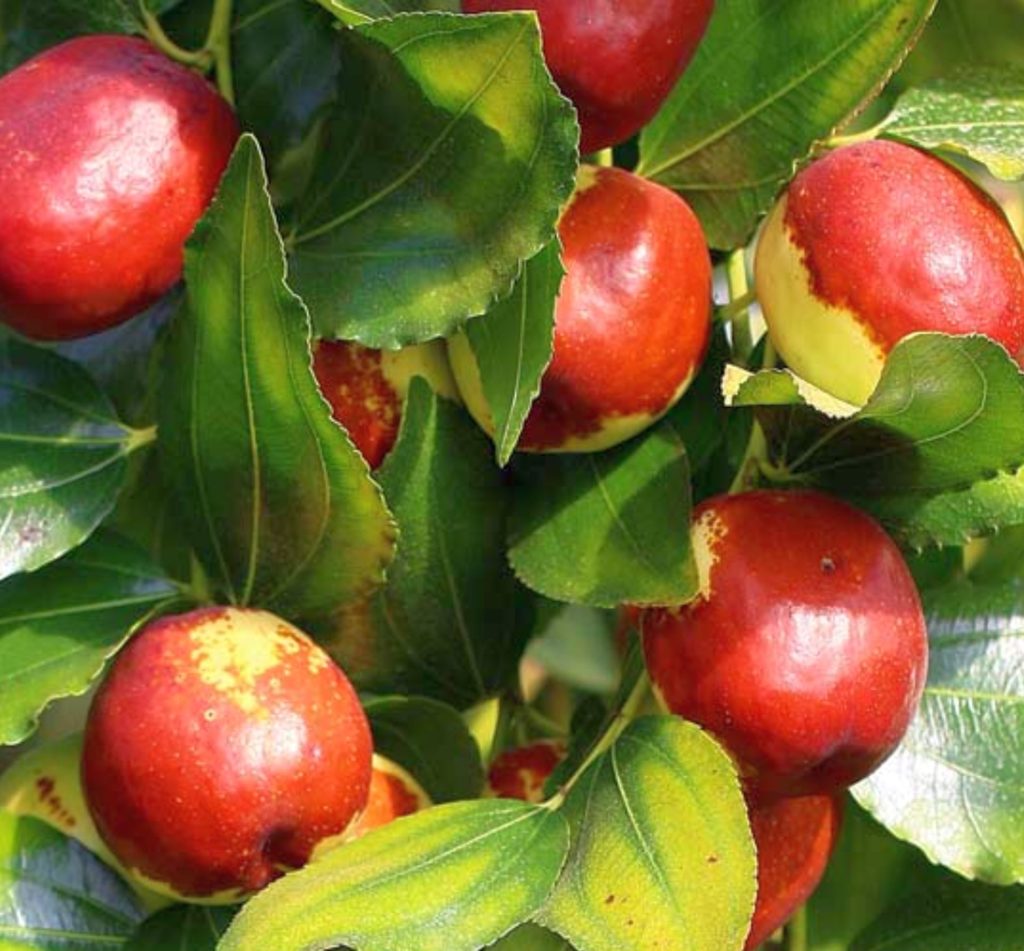 Jujubes taste like a sweet apple when ripe – or like a date when more mature. Fresh and dried jujubes are eaten as a snack all over the world. In Dalmatia, jujubes are used in marmalades, juices and ‘raki’, but in Montenegro they are often eaten raw – most children are fond of them. And can you imagine that there is a candy in the Netherlands (and probably also in other countries) called “jujubes”?
Jujubes taste like a sweet apple when ripe – or like a date when more mature. Fresh and dried jujubes are eaten as a snack all over the world. In Dalmatia, jujubes are used in marmalades, juices and ‘raki’, but in Montenegro they are often eaten raw – most children are fond of them. And can you imagine that there is a candy in the Netherlands (and probably also in other countries) called “jujubes”?
Medical studies have found that jujube fruits and extracts may help lower blood pressure, treat anemia, inhibit the growth of tumor cells, improve skin health, relieve stress, boost immunity, stimulate restful sleep, decrease the risk of heart disease, detoxify the body, etc.
Are you interested? Buy some ‘iglice’ on the market and try to make your own jujube marmalade! Pit them, add sugar and the juice of one lemon – and cook them slowly until soft. Then press the mixture through a strainer and the result is a tasty puree that can be returned to the stove and cooked once again. When very hot, put into sterilized glass jars.
Chokeberries or aronia berries can be eaten raw off the bush, but are more frequently processed. The name ‘chokeberry’ comes from the astringency of the fruits, i.e. their sharp, mouth-drying effect. In Montenegro, they are also known as ‘Siberian blueberries’.
Many farmers have started aronia plantations, as this berry has proven to be one of nature’s most powerful antioxidants. That is why this fruit, often processed and sold in the form of juice or liquor, is believed to prevent cancer and cardiovascular diseases, while it might also decrease inflammation linked to other serious diseases.
Mušmule (medlars)
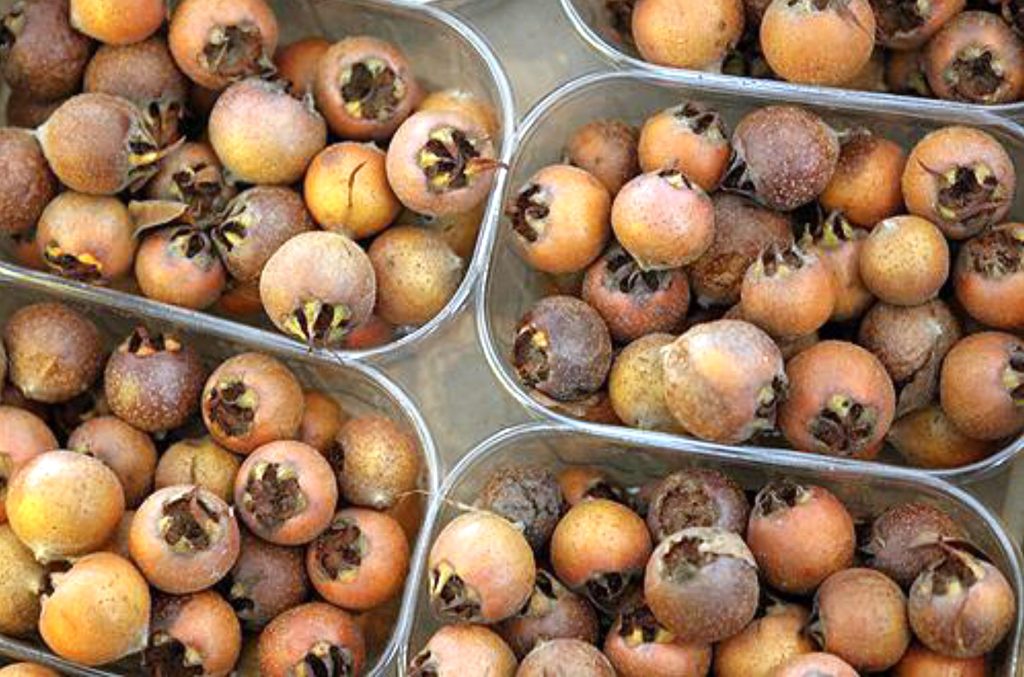 Mespilus germanica or medlar (in Montenegro called ‘mušmula’) is a fruit that has been cultivated since Roman times. Before the arrival of sugar in Europe, it was a beloved winter sweet treat. It is interesting to know that the French call this fruit ‘cul de chien’ (in translation: dog’s arse). Shakespeare called it “open-arse” and in a poem, D.H. Lawrence called medlars “autumnal excrementa”. I agree, this fruit will never win a beauty contest…
Mespilus germanica or medlar (in Montenegro called ‘mušmula’) is a fruit that has been cultivated since Roman times. Before the arrival of sugar in Europe, it was a beloved winter sweet treat. It is interesting to know that the French call this fruit ‘cul de chien’ (in translation: dog’s arse). Shakespeare called it “open-arse” and in a poem, D.H. Lawrence called medlars “autumnal excrementa”. I agree, this fruit will never win a beauty contest…
A ‘mušmula’ is a hard and acidic fruit when picked, but becomes edible after being softened of ‘bletted’ by frost or naturally in storage. Once softening begins, the skin rapidly takes on a wrinkled texture and turns brown (no, that doesn’t mean that the fruit has been spoiled!), and the inside reduces to the consistency and flavour reminiscent of apple sauce. Medlar can then be eaten raw and is often served as a dessert. But take care: medlars have a few big seeds that you have to work around when eating – so suck them clean and spit out later. It’s worth the effort!
Many old and forgotten fruits are being rediscovered these days. New species are developed and gardeners in the US and other western countries are experimenting and trying to find a gap in the market. But in Montenegro you can find these unusual fruits, quite simply, on the green markets and in the farmer’s fruit gardens and plantations!
